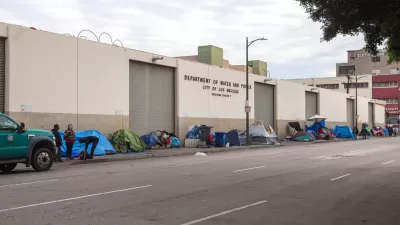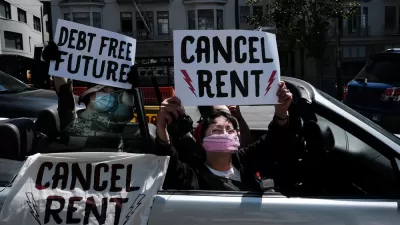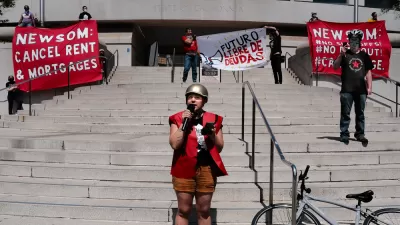The pandemic is highlighting the crucial necessity of community developers’ work. Here’s what the field will need to play its part in the recovery.

One month ago, when I began the first draft of this article, the world was drastically different. Well before we became part of this new reality, I felt an urgency to reflect and speak up about the future to make sure the value of our work doesn’t get lost. Now that urgency has grown.
Throughout my life, I’ve been fortunate to work with practitioners and leaders who have always known that we have a shared responsibility to eradicate inequality. We fight hard for what we know to be right—equitable communities that have good schools, are free of crime and disinvestment, and that are affordable, accessible, healthy, and happy. On most days, our fight already feels like an uphill battle.
Then, history puts a cherry on it. An unprecedented outbreak happens, and our fight is dwarfed by a public health emergency. Overnight, everyone’s priorities change, millions are out of work, and we all try to adjust to life and establish some semblance of a new normal. Yet while we do this the work refuses to wait.
Right now, I, like many of you, don’t need to be CEO as much as I need to be Mom.
But, the fact is that I am both—and I’m not taking any days off. The fight for equity still looms large, and COVID-19 is increasing its relevance. If we treat this crossroads like an opportunity, and not like an Armageddon, perhaps we can make advances in that fight as we make our way through the recovery.
The pandemic has amplified issues that community development organizations have been struggling with regarding the funding environment for our work for ages. To help realign America’s social contract, reimagine communities of opportunity, and endure this COVID-19-affected environment, we need our supporters to:
FULL STORY: Community Development Is Crucial in This Moment

Study: Maui’s Plan to Convert Vacation Rentals to Long-Term Housing Could Cause Nearly $1 Billion Economic Loss
The plan would reduce visitor accommodation by 25,% resulting in 1,900 jobs lost.

North Texas Transit Leaders Tout Benefits of TOD for Growing Region
At a summit focused on transit-oriented development, policymakers discussed how North Texas’ expanded light rail system can serve as a tool for economic growth.

Why Should We Subsidize Public Transportation?
Many public transit agencies face financial stress due to rising costs, declining fare revenue, and declining subsidies. Transit advocates must provide a strong business case for increasing public transit funding.

How to Make US Trains Faster
Changes to boarding platforms and a switch to electric trains could improve U.S. passenger rail service without the added cost of high-speed rail.

Columbia’s Revitalized ‘Loop’ Is a Hub for Local Entrepreneurs
A focus on small businesses is helping a commercial corridor in Columbia, Missouri thrive.

Invasive Insect Threatens Minnesota’s Ash Forests
The Emerald Ash Borer is a rapidly spreading invasive pest threatening Minnesota’s ash trees, and homeowners are encouraged to plant diverse replacement species, avoid moving ash firewood, and monitor for signs of infestation.
Urban Design for Planners 1: Software Tools
This six-course series explores essential urban design concepts using open source software and equips planners with the tools they need to participate fully in the urban design process.
Planning for Universal Design
Learn the tools for implementing Universal Design in planning regulations.
City of Santa Clarita
Ascent Environmental
Institute for Housing and Urban Development Studies (IHS)
City of Grandview
Harvard GSD Executive Education
Toledo-Lucas County Plan Commissions
Salt Lake City
NYU Wagner Graduate School of Public Service





























